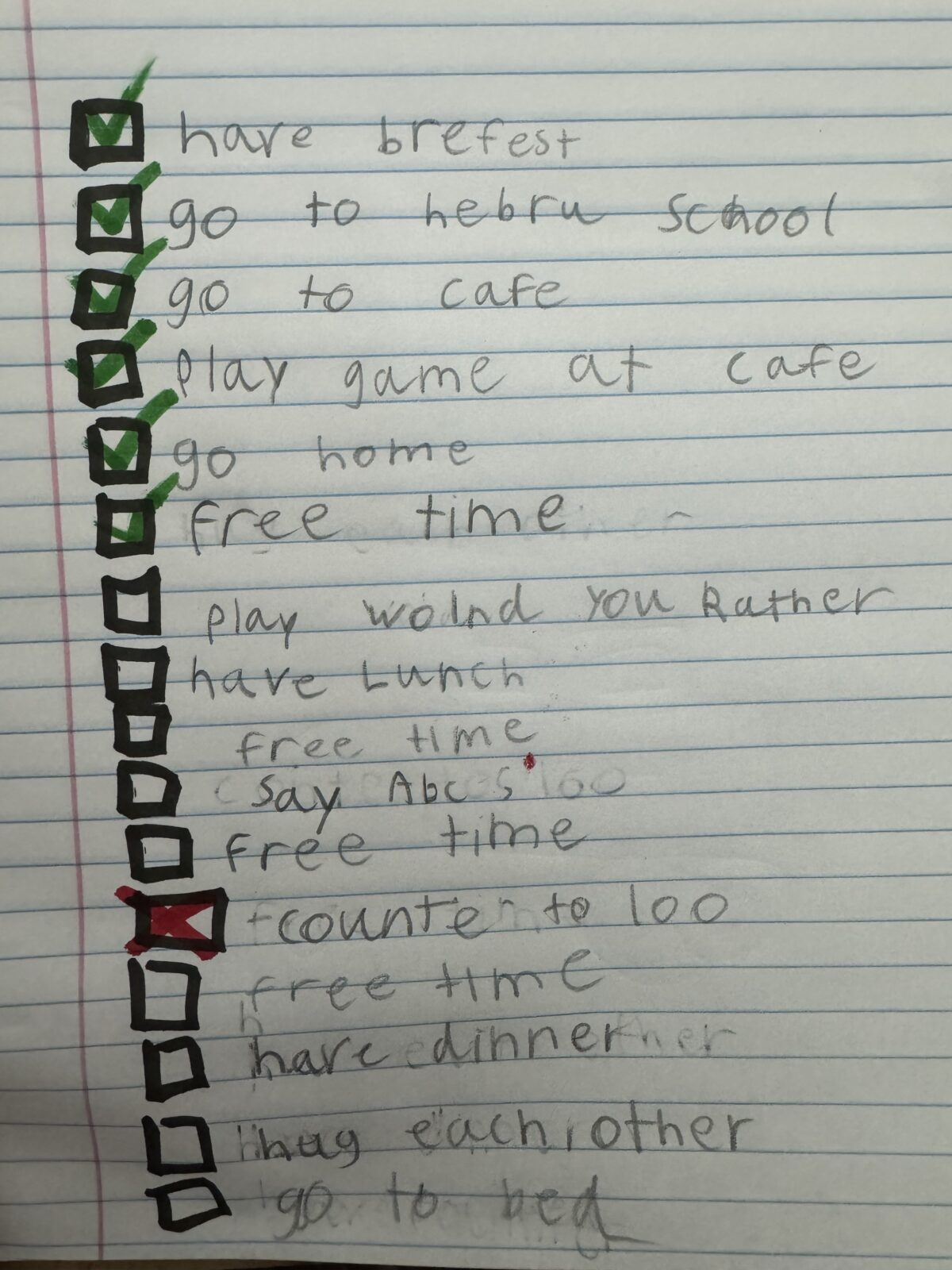Empowering Students: Involving Them in Their Own Goal-Setting Process
Empowering students to take an active role in their own goal-setting process is a critical aspect of modern education. As a seasoned school psychologist, I’ve seen firsthand the transformative impact of involving students in shaping their academic and personal objectives. This blog post delves into effective strategies for facilitating student participation in goal-setting, a practice that can significantly enhance motivation, engagement, and ultimately, success.
The Significance of Student-Led Goal Setting
When students are actively involved in setting their own goals, they are more likely to be invested in the outcomes. This participation fosters a sense of ownership and responsibility, leading to greater enthusiasm and effort in achieving these goals. It also aids in developing essential life skills such as decision-making, planning, and self-reflection.
Strategies for Involving Students in Goal-Setting
- Start with Self-Assessment: Encourage students to reflect on their strengths, weaknesses, interests, and areas they wish to improve. This self-assessment forms the foundation for setting meaningful and relevant goals.
- Teach Goal-Setting Skills: Introduce students to the concept of SMART goals – Specific, Measurable, Achievable, Relevant, and Time-bound. This framework helps them create clear and attainable objectives.
- Facilitate Collaborative Discussions: Hold discussions with students about their goals. As an educator or parent, offer guidance and support, but ensure that the student’s voice remains central in the conversation.
- Encourage Personalized Goals: Allow students to set goals that resonate with their personal ambitions and interests. This could range from academic objectives to extracurricular or personal development goals.
- Integrate Goal-Setting into Curriculum: Incorporate goal-setting exercises into the classroom routine. This regular practice makes goal-setting a natural part of the learning process.
- Provide Tools and Resources: Equip students with tools such as goal-setting worksheets, planners, or digital apps to help them organize and track their goals.
- Regular Check-Ins and Adjustments: Schedule periodic meetings to review progress. These check-ins provide opportunities for students to reflect on their progress and make adjustments as needed.
- Celebrate Achievements and Learn from Setbacks: Acknowledge and celebrate when students reach their goals. Similarly, treat any setbacks as learning opportunities and a chance to refine their objectives.
The Role of Educators and Parents in Student-Led Goal Setting
While the focus is on student autonomy, the role of educators and parents is still crucial. They act as facilitators, providing the necessary support, resources, and guidance. Encouraging a growth mindset and maintaining a positive, supportive environment is key to helping students thrive in their goal-setting journey.
Conclusion
Involving students in their own goal-setting process is a powerful way to empower them, fostering independence and self-efficacy. This approach not only benefits their current academic journey but also equips them with skills for lifelong learning and success. By adopting these strategies, educators and parents can create a collaborative, supportive framework where students are motivated to set and achieve their own goals.


